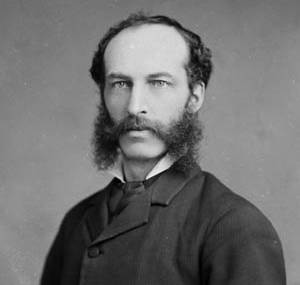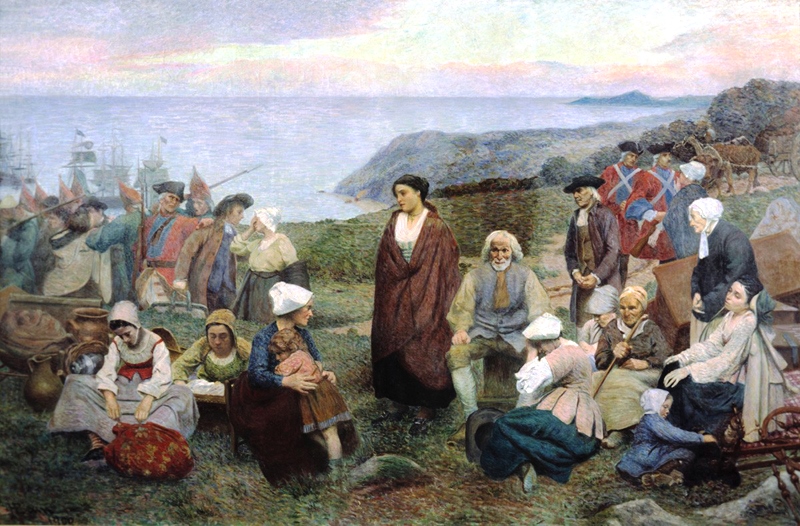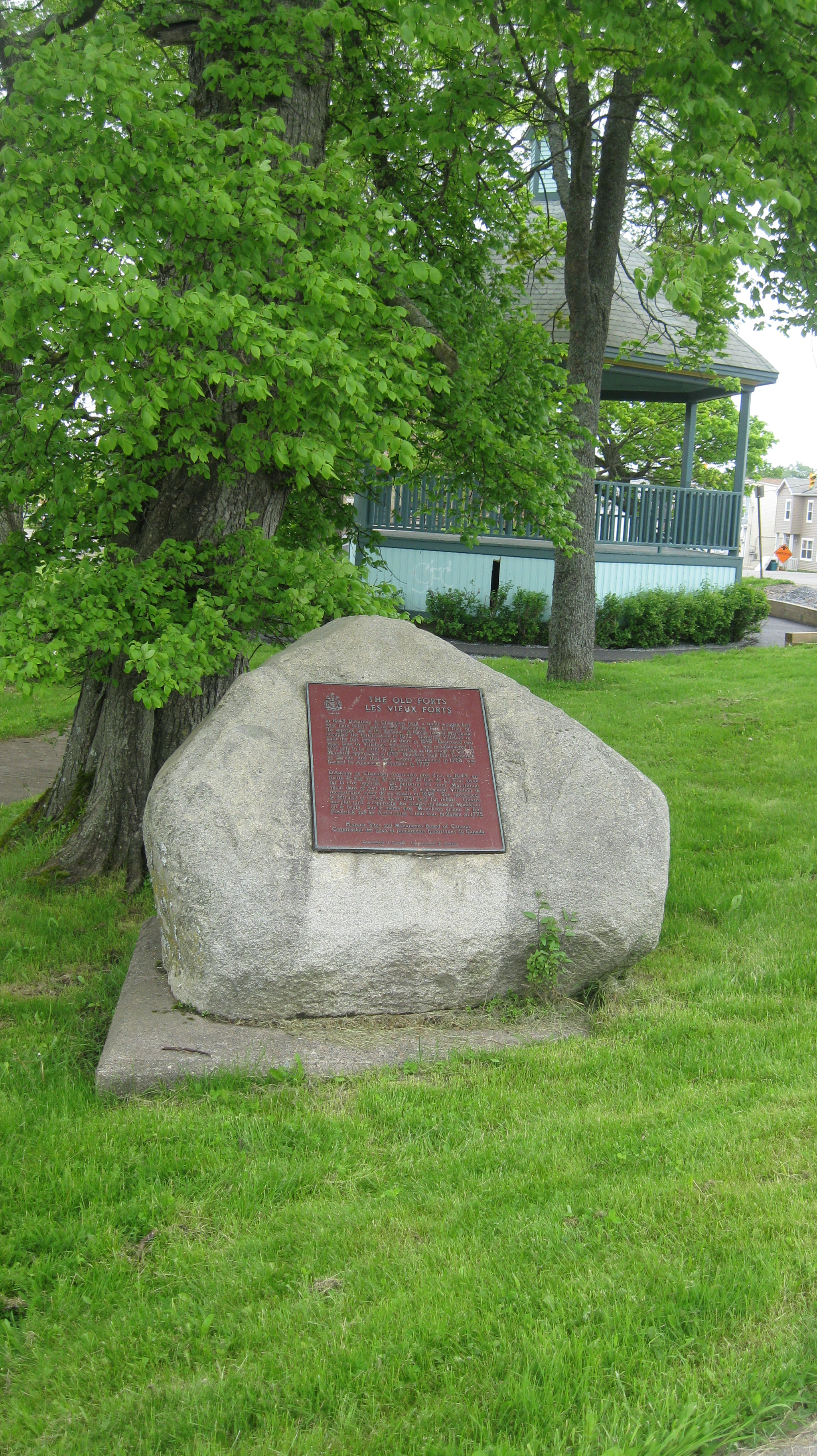|
Memramcook
Memramcook, sometimes also spelled Memramcouke or Memramkouke, is a village in Westmorland County, New Brunswick, Canada. Located in south-eastern New Brunswick, the community is predominantly people of Acadian descent who speak the Chiac derivative of the French language. An agricultural village, it has a strong local patrimony, key to the history of the region. It was home to Mi'kmaqs for many years and was the arrival site of Acadians in 1700. A large part of these Acadians were deported in 1755, but the village itself survived. The Collège Saint-Joseph was the first francophone university in the east of Canada, which opened its doors in 1864 and hosted/organized the first National Acadian Convention in 1881. History Name Memramcook was called the "Berceau de l'Acadie", which translates to "cradle of Acadia". Long inhabited by the Mi'kmaq, the site saw the arrival of their allies, the Acadians in 1700.Arsenault, Bona, Histoire des Acadiens, Bibliothèque nationale du ... [...More Info...] [...Related Items...] OR: [Wikipedia] [Google] [Baidu] |
Dorchester Parish, New Brunswick
Dorchester is a geographic parish in Westmorland County, New Brunswick, Canada. For governance purposes it is divided between the city of Dieppe, the town of Tantramar, the incorporated rural community of Strait Shores, the Fort Folly 1 Indian reserve, and the Southeast rural district. With exception of the Indian reserve, all are members of the Southeast Regional Service Commission. Prior to the 2023 governance reform, the parish was divided between the villages of Dorchester and Memramcook; the Indian reserve; and the local service district of the parish of Dorchester, which further included the special services area of Calhoun Road. Origin of name The parish was named in honour of the Baron of Dorchester, Governor General of British North America at the time and elder brother of Thomas Carleton, Governor of New Brunswick. Boundary History Dorchester was erected in 1787 from unassigned territory between Moncton and Sackville Parishes. The parish included parts of ... [...More Info...] [...Related Items...] OR: [Wikipedia] [Google] [Baidu] |
Dieppe, New Brunswick
Dieppe () is a city in the Canadian maritime province of New Brunswick. Statistics Canada counted the population at 28,114 in 2021, making it the fourth-largest city in the province. On 1 January 2023, Dieppe annexed parts of two neighbouring Local service district (New Brunswick), local service districts; revised census figures have not been released. Dieppe's history and identity goes back to the eighteenth century. Formerly known as Leger's Corner, it was incorporated as a town in 1952 under the Dieppe name, and designated as a city in 2003. The Dieppe name was adopted by the citizens of the area in 1946 to commemorate the Second World War's Operation Jubilee, the Dieppe Raid of 1942. It is officially a francophone city; with 63.8% of the population mother tongue French, 24% English, 3% French and English, 8% other. A majority of the population reports being bilingual, speaking both French and English. Residents generally speak French with a regional accent (colloquially c ... [...More Info...] [...Related Items...] OR: [Wikipedia] [Google] [Baidu] |
Westmorland County, New Brunswick
Westmorland County (2021 population: 163,576) is a county in New Brunswick, a province of Canada. It is in the south-eastern part of the province. It contains the fast-growing commercial centre of Moncton and its northern and eastern suburbs. Also located in the county are the university town of Sackville and the local tourist destination of Shediac. Westmorland County is centrally located in the Maritimes and is New Brunswick's most populous county. Fishing and tourism are important industries along the Northumberland Strait shore, and there is some mixed farming in the Petitcodiac River Valley and in the Tantramar Marsh region. The city of Moncton accounts for half of the county's population and has developed as a major transportation, distribution, commercial and retail centre. Dorchester is the historic shire town. Origins The county, once a part of Cumberland County, Nova Scotia, was one of the original eight counties delineated shortly after the creation of the B ... [...More Info...] [...Related Items...] OR: [Wikipedia] [Google] [Baidu] |
New Brunswick
New Brunswick is a Provinces and Territories of Canada, province of Canada, bordering Quebec to the north, Nova Scotia to the east, the Gulf of Saint Lawrence to the northeast, the Bay of Fundy to the southeast, and the U.S. state of Maine to the west. It is part of Eastern Canada and is one of the three Maritime Canada, Maritime provinces and one of the four Atlantic Canada, Atlantic provinces. The province is about 83% forested and its northern half is occupied by the Appalachians. The province's climate is continental climate, continental with snowy winters and temperate summers. New Brunswick has a surface area of and 775,610 inhabitants (2021 census). Atypically for Canada, only about half of the population lives in urban areas - predominantly in Moncton, Saint John, New Brunswick, Saint John and Fredericton. In 1969, New Brunswick passed the New Brunswick Official Languages Act (1969), Official Languages Act which began recognizing French as an official language, along ... [...More Info...] [...Related Items...] OR: [Wikipedia] [Google] [Baidu] |
Natacha Vautour
Natacha Vautour is a Canadian politician, who was elected to the Legislative Assembly of New Brunswick in the 2024 election. She was elected in the riding of Dieppe-Memramcook Dieppe-Memramcook is a provinces and territories of Canada, provincial electoral district (Canada), electoral district for the Legislative Assembly of New Brunswick, Canada. It was known as Memramcook from 1974 to 1994, and renamed Dieppe-Memra .... Vautour is an educator by profession. Electoral record References Living people 21st-century members of the Legislative Assembly of New Brunswick New Brunswick Liberal Association MLAs 21st-century Canadian women politicians Women MLAs in New Brunswick Canadian educators Year of birth missing (living people) {{LiberalAssociation-NewBrunswick-MLA-stub ... [...More Info...] [...Related Items...] OR: [Wikipedia] [Google] [Baidu] |
Greater Lakeburn, New Brunswick
Greater Lakeburn was an area with enhanced services within the Canadian local service district of the parish of Moncton in Westmorland County, New Brunswick; it was sometimes erroneously cited as an LSD in its own right. It was situated in Southeastern New Brunswick, to the east of Dieppe. This District contained the southern part of the community of Painsec and Melanson Settlement as well as a mostly treed area. Greater Lakeburn was part of Greater Moncton. Demographics In the 2021 Census of Population conducted by Statistics Canada, Greater Lakeburn had a population of 1,529 living in 524 of its 536 total private dwellings, a change of from its 2016 population of 1,014. With a land area of , it had a population density of in 2021. See also *List of local service districts in New Brunswick The Canadian province of New Brunswick contained 236 local service districts prior to governance reforms in 2023; another 80 former LSDs were previously dissolved or incorporated. ... [...More Info...] [...Related Items...] OR: [Wikipedia] [Google] [Baidu] |
Beaubassin
Beaubassin was an important Acadian village and trading centre on the Isthmus of Chignecto in what is now Nova Scotia, Canada. The area was a significant place in the geopolitical struggle between the British and French empires. It was established in the 1670s on an upland close to an extensive area of saltwater marsh. Settlers reclaimed the land to engage in cattle ranching and trade. French colony The settlement had strong ties with Port Royal, and Jacques Bourgeois, a farmer, shipbuilder, and merchant at sold a part of his holdings there to settle in the Chignecto Basin, where he built a flour-mill and a saw-mill. Around the same time Michel Leneuf de la Vallière de Beaubassin set up a fur-trading post on the isthmus, while devoting part of his time to the fishing, farming, settlement, and soldiering. Following success in the latter activity, in 1676 governor Frontenac granted him 100 square leagues land which became the Beaubassin seigneury. He established himself on ... [...More Info...] [...Related Items...] OR: [Wikipedia] [Google] [Baidu] |
Acadian
The Acadians (; , ) are an ethnic group descended from the French who settled in the New France colony of Acadia during the 17th and 18th centuries. Today, most descendants of Acadians live in either the Northern American region of Acadia, where descendants of Acadians who escaped the Expulsion of the Acadians (a.k.a. The Great Upheaval / ''Le Grand Dérangement'') re-settled, or in Louisiana, where thousands of Acadians moved in the late 1700s. Descendants of the Louisiana Acadians are most commonly known as Cajuns, the anglicized term of "Acadian". Acadia was one of the five regions of New France, located in what is now Eastern Canada's Maritime provinces, as well as parts of Quebec and present-day Maine to the Kennebec River. It was ethnically, geographically and administratively different from the other French colonies such as the French colony of Canada. As a result, the Acadians developed a distinct history and culture. The settlers whose descendants became Acad ... [...More Info...] [...Related Items...] OR: [Wikipedia] [Google] [Baidu] |
Area Code 506
Area codes 506 and 428 are the telephone area codes in the North American Numbering Plan (NANP) for the Canadian province of New Brunswick. Area code 506 was created in 1955 in a split of numbering plan area (NPA) 902. Area code 428 was added to the same numbering plan area in 2023 to form an overlay plan of the area. History The Maritimes provinces (New Brunswick, Nova Scotia, Prince Edward Island) were designated as a single numbering plan area (NPA) in 1947, when the American Telephone and Telegraph Company (AT&T) published the results of the design of a new telephone numbering plan for the North American continent, that unified all existing local numbering system into what would later develop into the North American Numbering Plan, with the goal of automating the expanding toll call routing that involved many telephone operators manually relaying calls across the nations. Of the set of eighty-six original North American area codes, Canada received nine, in which the Marit ... [...More Info...] [...Related Items...] OR: [Wikipedia] [Google] [Baidu] |
Memramcook River
The Memramcook River is a river located in Westmorland County, in southeastern New Brunswick, eastern Canada. Geography Its meander length is approximately , of which approximately is a tidal estuary to its discharge point into the Petitcodiac River. See also *Memramcook, New Brunswick * Petitcodiac Riverkeeper * Shepody Bay *Bay of Fundy The Bay of Fundy () is a bay between the Canadian provinces of New Brunswick and Nova Scotia, with a small portion touching the U.S. state of Maine. It is an arm of the Gulf of Maine. Its tidal range is the highest in the world. The bay was ... References Rivers of New Brunswick Landforms of Westmorland County, New Brunswick {{WestmorlandCountyNB-geo-stub ... [...More Info...] [...Related Items...] OR: [Wikipedia] [Google] [Baidu] |
Charles Deschamps De Boishébert Et De Raffetot
Charles Deschamps de Boishébert (also known as Courrier du Bois, Bois Hebert) was a member of the Compagnies Franches de la Marine and was a significant leader of the Acadian militia's resistance to the Expulsion of the Acadians. He settled and tried to protect Acadians refugees along the rivers of New Brunswick. At Beaubears National Park on Beaubears Island, New Brunswick he settled refugee Acadians during the Expulsion of the Acadians. King George's War Siege of Annapolis Royal From October until 3 November 1746, Boishebert took part in the unsuccessful Siege of Annapolis Royal, Nova Scotia (N.S.), the British administrative and military headquarters in Acadia. Battle at Port-la-Joye After the first Siege of Louisbourg in May–June 1745, a British force composed largely of New England irregulars proceeded to seize Île Saint-Jean (present day Prince Edward Island) and its capital Port-la-Joye, which had a French garrison consisting of about 15 soldiers and 10 ... [...More Info...] [...Related Items...] OR: [Wikipedia] [Google] [Baidu] |
Acadiens
The Acadians (; , ) are an ethnic group descended from the French who settled in the New France colony of Acadia during the 17th and 18th centuries. Today, most descendants of Acadians live in either the Northern American region of Acadia, where descendants of Acadians who escaped the Expulsion of the Acadians (a.k.a. The Great Upheaval / ''Le Grand Dérangement'') re-settled, or in Louisiana, where thousands of Acadians moved in the late 1700s. Descendants of the Louisiana Acadians are most commonly known as Cajuns, the anglicized term of "Acadian". Acadia was one of the five regions of New France, located in what is now Eastern Canada's Maritime provinces, as well as parts of Quebec and present-day Maine to the Kennebec River. It was ethnically, geographically and administratively different from the other French colonies such as the French colony of Canada. As a result, the Acadians developed a distinct history and culture. The settlers whose descendants became Acadians p ... [...More Info...] [...Related Items...] OR: [Wikipedia] [Google] [Baidu] |





